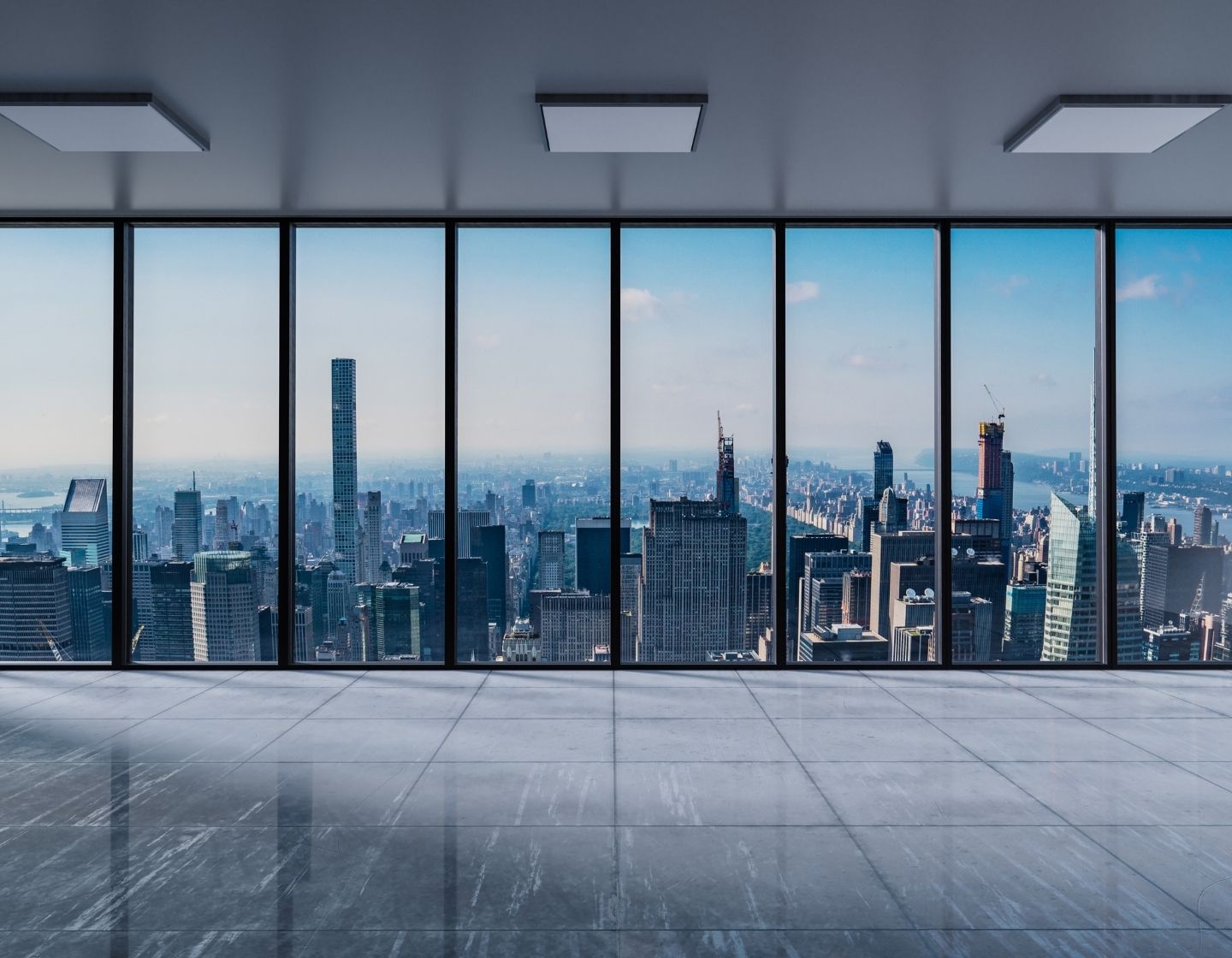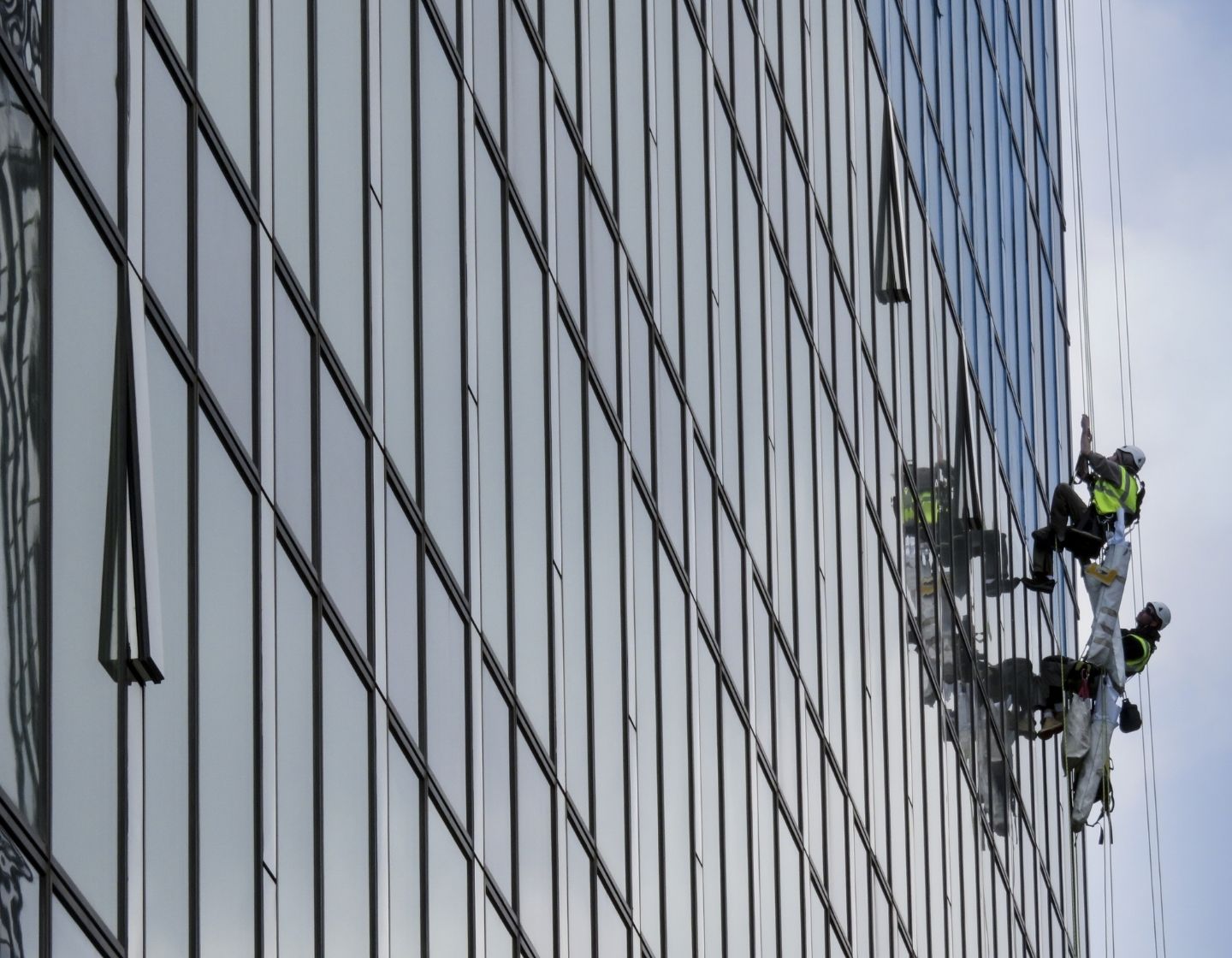What is solar film?
Solar film or window film is a durable thin laminate plastic that is applied to interior and exterior windows in commercial and domestic buildings to reduce glare, sun damage and to reduce heat loss through glass.
The laminate is usually PET (polyethylene terephthalate), a material chosen for its stability, strength and clarity. It comes in a wide range of thicknesses, shades, colours, and grades to fulfil most energy-saving and design needs.
Solar film is installed on existing glazing to reduce heat and glare, provide better insulation and filter out damaging UV. Its versatility provides energy savings through the seasons – blocking out solar heat and glare during the warmer months and reducing the heat escaping through the windows during the colder periods.
It’s also known as thermal window film or low-e (low-emissivity) film and professional solutions are usually applied directly to the window, whether single or double-glazed. There are options where the film is applied but the process creates a space between the laminate and glass surface – effectively making a double-glazing effect.

Energy savings
The direct application can reduce heat transfer of the window by up to 50% and block up to 70% of solar heat gain, which can make a big difference to the amount of energy used for heating and ventilation.
Solar film can pay for itself in just 3 years and should have a long working life or more than a decade, which means ongoing savings on energy bills.
And the clarity of the laminate is a further benefit. With lighting costs accounting for around 25% of overall energy consumption in commercial buildings, the best products ensure optimum levels of natural light, so can reduce energy used in lighting.
Reduced carbon footprint
The Building Research Establishment advises that 40% of the load on HVAC in offices is generated by direct solar energy gain through windows. Solar film could prevent up to 80% of this gain and at the same time reduce CO2 emissions by up to 30%, which all helps with sustainability targets on the path to net zero.
Up-front costs for solar film installation are not cheap, particularly if applied to entire commercial buildings but this is balanced against potential costs for upgrading old window fitments to double glazing, or even moving to triple glazing. It’s around 80 % cheaper than replacing glass.

The heat-retaining film has additional benefits, particularly for older buildings with heating and ventilation challenges. It should radically improve working conditions and so help to improve the well-being of staff, which should also have the knock-on effect of higher productivity.
The right solar film can also protect materials from exposure to harmful UV rays from the sun, increasing their effective working life. A further benefit is that the solar film adds a layer of strength to make windows stronger when adverse weather hits.
Solar film is one of the range of energy-saving and carbon-reducing options available to businesses as they move to more climate-friendly operations.
Need help with the path to lower bills and smaller carbon footprint?
0333 123 5464
